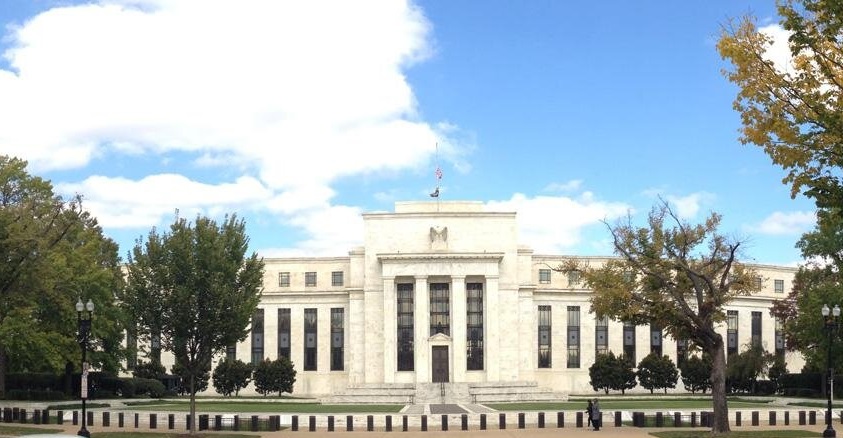Fed Releases Climate Risk Management Proposals for Big Banks

The U.S. Federal Reserve Board released a series of proposed principles for large banks with over $100 billion in assets to mange and monitor climate-related risk.
The proposals are aimed at supporting banks’ efforts to incorporate climate-related financial risks into their broader risk management frameworks, and at providing a framework for managing exposure to these risks consistent with the Fed’s existing rules and guidance.
In the introduction to the proposals, the Board notes that the guidance comes as “the financial impacts that result from the economic effects of climate change and the transition to a lower carbon economy pose an emerging risk to the safety and soundness of financial institutions and the financial stability of the United States.”
The proposals adds:
“Weaknesses in how financial institutions identify, measure, monitor, and control potential climate-related financial risks could adversely affect financial institutions’ safety and soundness, as well as the stability of the overall financial system.”
The Fed’s proposed guidance highlights two key sources of climate change-related risks for financial institutions, including physical risks, such as damage to people or property from climate-related events ranging from hurricanes and floods to rising sea-levels and heatwaves, and transition risks related to policy shifts, sentiment changes or technologies related to efforts to address and limit climate change.
In order to promote consistency in supervision, the Fed drafted the principles in consultation with the Office of the Comptroller of the Currency (OCC) and the Federal Deposit Insurance Corporation (FDIC), with the resulting guidance similar to principle proposals recently released by each of the organizations.
The proposals cover six areas for the identification, monitoring and management of climate-related risk. These include GovernanceGovernance deals with a company’s leadership, executive pay, audits, internal controls, and shareholder rights. More, requiring bank boards to understand the effects of climate-related financial risks on the institution, and guiding boards to allocate resources to support climate-related risk management and to assign accountability, and for management to implement policies and to report to the board; Policies, Procedures, and Limits, guiding management on the incorporation of climate-related financial risks into the bank’s policies, procedures, and limits; Strategic Planning, guiding boards and management to consider material climate risk when setting banks’ overall business strategy, risk appetite, and capital plan; Risk Management, including overseeing the development and implementation of processes to identify, measure, monitor, and control climate-related financial risk exposures within existing risk management frameworks; Data, Risk Measurement, and Reporting, and; Scenario Analysis to assess potential future impacts on banks from climate-related changes to the economy and the financial system, or from climate-related hazards.
Risk categories for banks covered in the proposals include credit risk, liquidity risk, other financial risks, operational risk, and legal & compliance risk, as well as other non—financial risks.
The Fed said that it is currently inviting public comment on the proposals, with a comment period open for 60 days.
Click here to access the proposals.
The post Fed Releases Climate Risk Management Proposals for Big Banks appeared first on ESG Today.